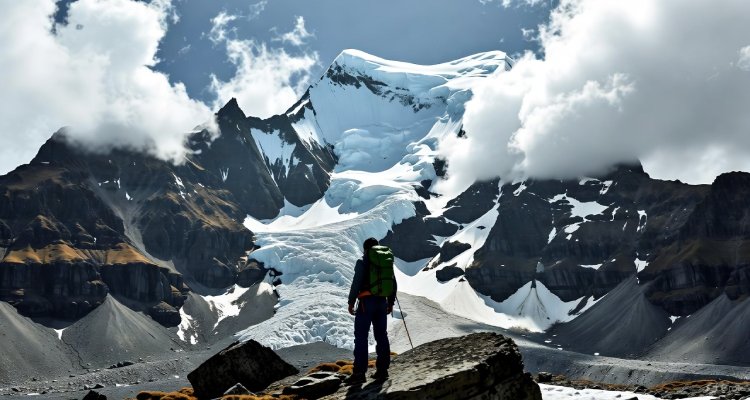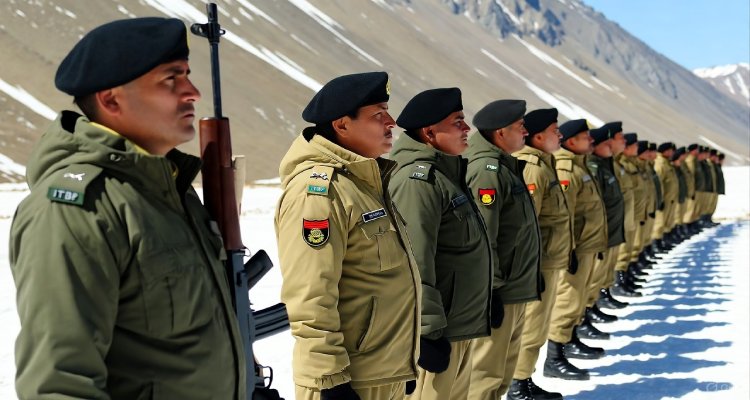Spiritual Tourism 2.0: Travelers Seeking Energy, Not Monuments
Spiritual tourism is evolving beyond temples and shrines. Today’s travelers seek energy, mindfulness, and transformative experiences over monuments.
Introduction: A Shift in Pilgrimage
For centuries, travelers journeyed across continents to marvel at temples, shrines, and holy monuments. But in today’s fast-paced, burnout-driven world, a new kind of spiritual tourism is emerging. Known as “Spiritual Tourism 2.0,” it’s less about sightseeing and more about experiencing—seeking inner balance, energy healing, and transformative practices that promise renewal of the mind, body, and spirit.
Context & Background: From Sacred Sites to Sacred Energy
Traditional spiritual tourism has always revolved around destinations—Varanasi’s ghats, Mecca’s Kaaba, the Vatican’s St. Peter’s Basilica, or Machu Picchu’s mystical ruins. Pilgrims and tourists alike came for cultural immersion and religious devotion.
But as global travelers become more conscious of wellness, sustainability, and holistic living, priorities are shifting. Instead of snapping photos of sacred architecture, people are asking:
- How can this place change my energy?
- What inner transformation will I carry home?
This evolution is partly fueled by the booming wellness industry, now valued at over $5 trillion globally, according to the Global Wellness Institute. The merging of spiritual practice with travel has birthed a new niche—destinations where meditation, yoga, sound therapy, breathwork, and indigenous healing traditions take center stage.
Main Developments: Energy Over Monuments
Travel trends now show a marked rise in seekers who prioritize experiences over monuments. Instead of ticking temples off a list, they are enrolling in retreats in Bali, energy-cleansing ceremonies in Mexico, ayahuasca journeys in Peru, and chakra workshops in India.
Even sacred towns like Rishikesh, once a magnet for yoga enthusiasts, are rebranding themselves to cater to this demand. Retreats advertise not just proximity to the Ganges but “energy realignment sessions” and “kundalini activations.” In Sedona, Arizona—famous for its red rock formations—travelers flock not for geology but for what locals call “vortex energy fields.”
Airbnb and luxury travel brands are also adapting, offering curated packages that blend comfort with mindful practices. Instead of “seven cities in seven days,” itineraries now include meditation at sunrise, energy healing at noon, and star-gazing ceremonies at night.
Expert Insight & Public Sentiment
“Spirituality today is about direct experience,” says Dr. Ananya Mehta, a wellness tourism researcher. “Modern travelers are less interested in rituals they can’t connect with and more in practices that make them feel transformed. That’s why energy-focused tourism is booming.”
Travelers echo the sentiment. A 32-year-old digital nomad, Emily Harper, shared after attending a sound healing retreat in Costa Rica: “I didn’t come here for a cathedral or monument. I came here to feel something shift inside me—and I did.”
Industry experts predict that energy-centered travel will outpace traditional sightseeing in spiritual hotspots within the next decade. Destinations that once relied on historical or religious heritage are now blending their cultural identity with wellness offerings to remain relevant.
Impact & Implications: The Future of Spiritual Journeys
The rise of Spiritual Tourism 2.0 carries implications beyond the tourism sector:
- Economic Boost for Rural Areas: Small communities offering authentic healing practices are attracting global visitors, creating new livelihoods.
- Cultural Preservation and Adaptation: Indigenous rituals and local healing methods gain international recognition but must also guard against commercialization.
- Mental Health Benefits: With rising anxiety and burnout, the demand for spiritual energy experiences may become as mainstream as spa vacations.
- Shift in Travel Marketing: Tour operators are reframing destinations not as “heritage hubs” but as “energy sanctuaries.”
At the same time, ethical concerns arise. Can ancient rituals be packaged as luxury products without losing meaning? Will travelers chasing “energy experiences” respect local traditions or simply consume them? These debates will define the next stage of this movement.
Conclusion: Toward an Energetic Awakening
Spiritual Tourism 2.0 is not about rejecting monuments—it’s about moving beyond them. While temples and shrines remain important cultural anchors, today’s seekers are looking for something more personal: energy, mindfulness, and inner renewal.
As the world grows noisier, the demand for places that quiet the soul will only grow louder. Whether in the Himalayan foothills, the deserts of Arizona, or the jungles of South America, spiritual tourism is entering a new era—one where transformation matters more than tradition, and energy is the new monument.
Disclaimer :This article is for informational purposes only. Travelers are encouraged to research cultural practices respectfully and engage with local communities responsibly.











